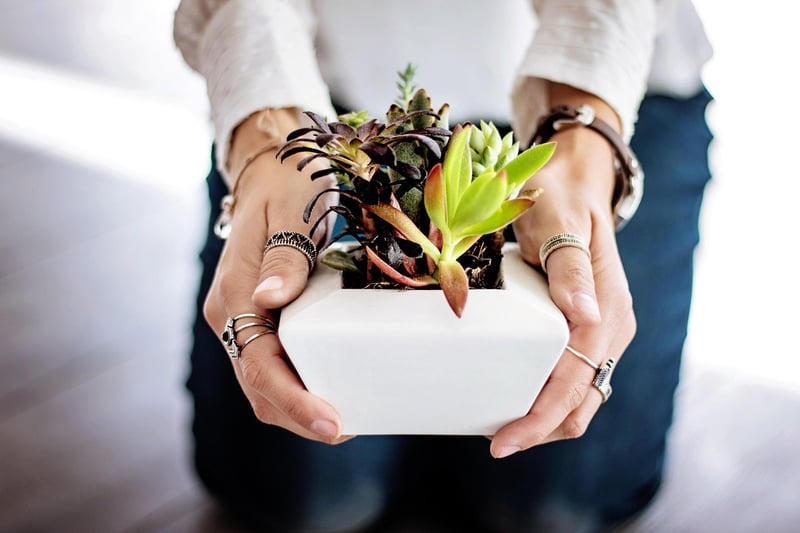Light Requirements
Tips for Healthy Plants: Light Requirements
Introduction
Proper light exposure is crucial for the health and growth of your plants. Different plants have varying light requirements, and understanding these needs can help you create an optimal environment for your green friends to thrive. Here are some tips to ensure your plants receive the right amount of light:
Types of Light
There are generally three types of light conditions that plants need:
- Direct Sunlight: Some plants require direct sunlight for several hours a day to photosynthesize efficiently.
- Indirect Sunlight: Plants that prefer indirect sunlight thrive in bright, filtered light or partial shade.
- Low Light: Some plants can survive in low-light conditions, making them suitable for rooms with minimal natural light.
Assessing Light Levels
To determine the light requirements of your plants, consider the following:
- Observe the direction of your windows and the amount of sunlight they receive throughout the day.
- Research the specific light needs of each plant species you own.
- Use a light meter to measure the light intensity in different areas of your home.
Adjusting Light Exposure
If you notice your plants are not thriving due to insufficient or excessive light, here are some adjustments you can make:
- Rotate your plants regularly to ensure even light distribution on all sides.
- Move plants that require more light closer to windows or supplement with artificial grow lights.
- Provide shade or sheer curtains for plants that are sensitive to direct sunlight.
Conclusion
By understanding the light requirements of your plants and making necessary adjustments, you can promote healthy growth and vibrant foliage. Remember to monitor your plants regularly and adapt their environment to ensure they receive the right amount of light to flourish.

For more plant care tips and gardening advice, check out our gardening blog.
